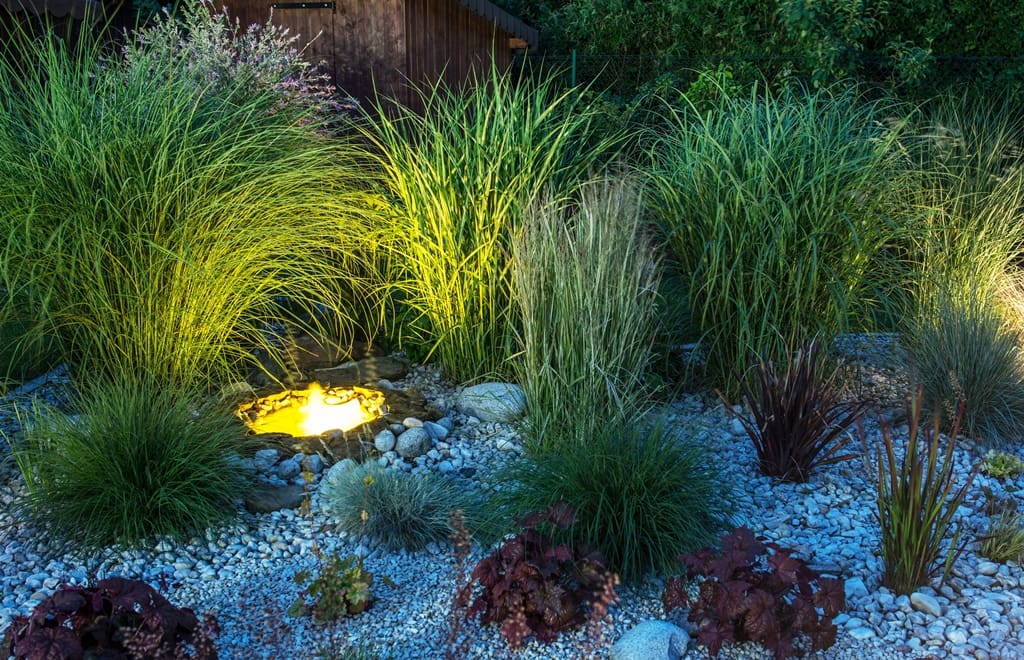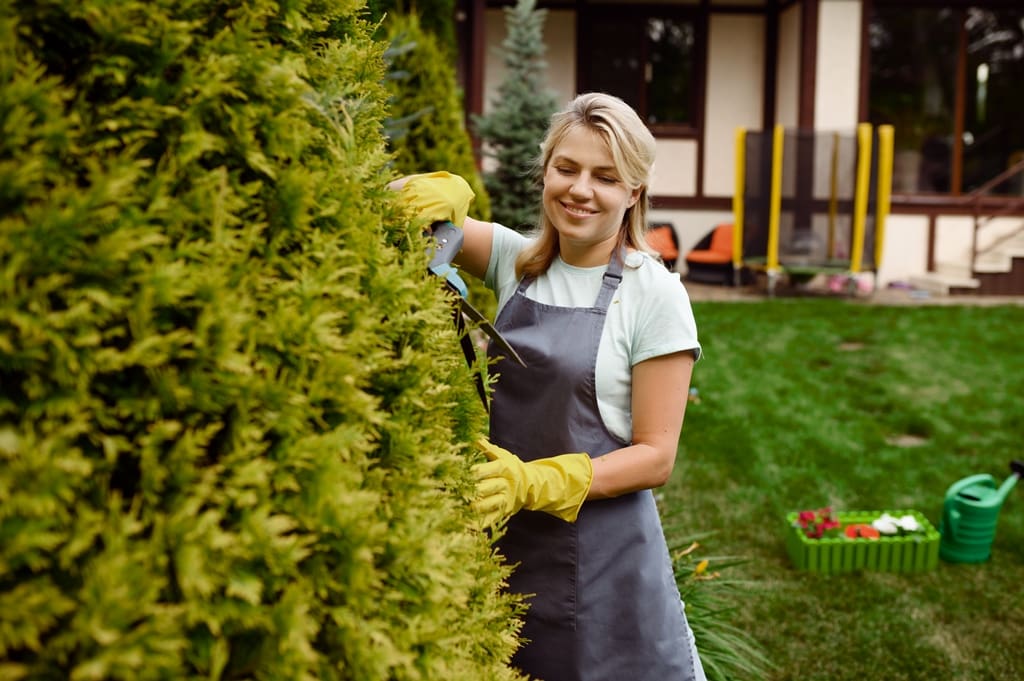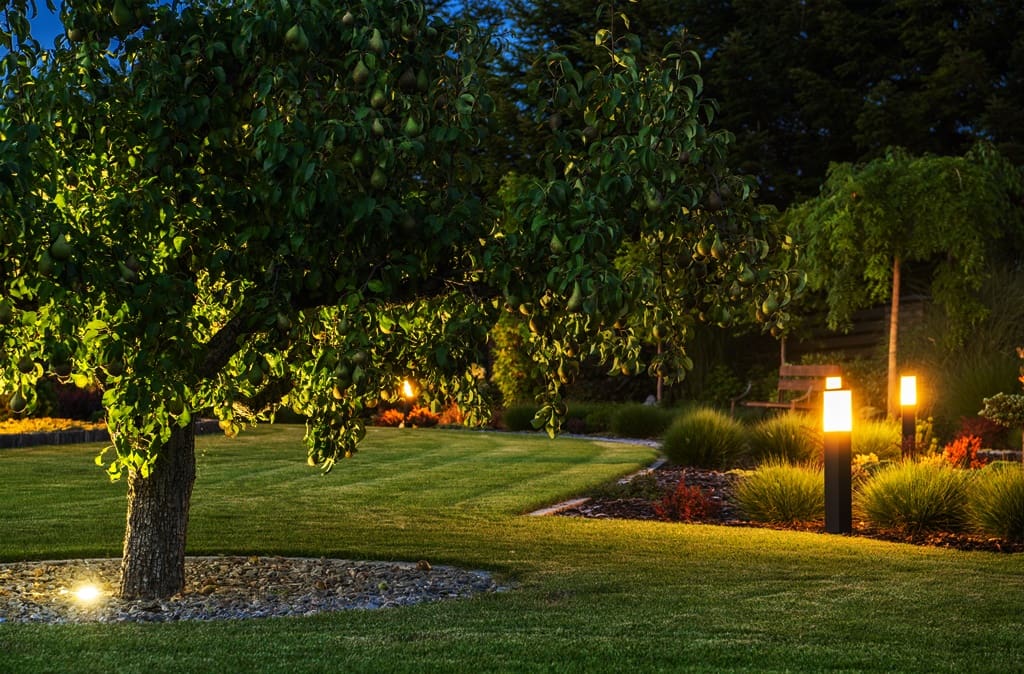Outdoor lighting can transform your outdoor space, creating ambiance, highlighting architectural features, and improving safety. Whether you’re designing a cozy backyard retreat or illuminating a commercial property, here are essential tips to consider for outdoor lighting design and safety.
1. Plan Your Lighting Scheme
Start by outlining areas that require illumination, such as pathways, entry points, and focal points like gardens or outdoor seating. Consider the purpose of each area and the desired mood or ambiance. Take into account natural lighting sources and how they interact with artificial lighting during different times of the day or year.
2. Choose the Right Fixtures

Opt for fixtures that complement your outdoor aesthetic while meeting safety standards. LED lights are energy-efficient and durable, ideal for outdoor use. Ensure fixtures are weather-resistant and suitable for the intended location. Consider the color temperature of the bulbs to create the desired atmosphere; warmer tones for a cozy feel, cooler tones for a more modern look.
3. Focus on Safety
Prioritize safety by avoiding glare that could obstruct vision. Use shielded fixtures or install lights at angles that prevent direct glare into eyes. Ensure pathways and steps are well-lit to prevent trips and falls. Additionally, consider using low-voltage lighting to reduce electrical hazards and minimize the risk of shock or fire.
4. Use Layered Lighting

Create depth and visual interest with layered lighting. Combine ambient, task, and accent lighting for a balanced and functional outdoor space. Dimmers can adjust light intensity for different occasions. Incorporate lighting techniques such as uplighting for trees and plants, downlighting for pathways, and wall washing for architectural features.
5. Consider Automation
Incorporate timers, motion sensors, or smart lighting systems for convenience and energy efficiency. Automated lighting can enhance security by deterring intruders and providing illumination when needed. Program lights to gradually brighten at sunset and dim at bedtime for a seamless transition and added safety.
6. Maintain Regularly

Keep fixtures clean and inspect wiring periodically to prevent malfunctions or hazards. Replace bulbs promptly to maintain optimal lighting levels and safety. Trim vegetation around light fixtures to prevent obstruction and maintain proper illumination.
7. Consult a Professional
For complex installations or if unsure about electrical requirements, consult a licensed electrician or lighting designer. They can ensure compliance with local regulations and offer tailored solutions. Professionals can also provide insights on energy-saving techniques and advanced lighting controls for optimal performance.
#OutdoorLighting #DesignTips #SafetyFirst
